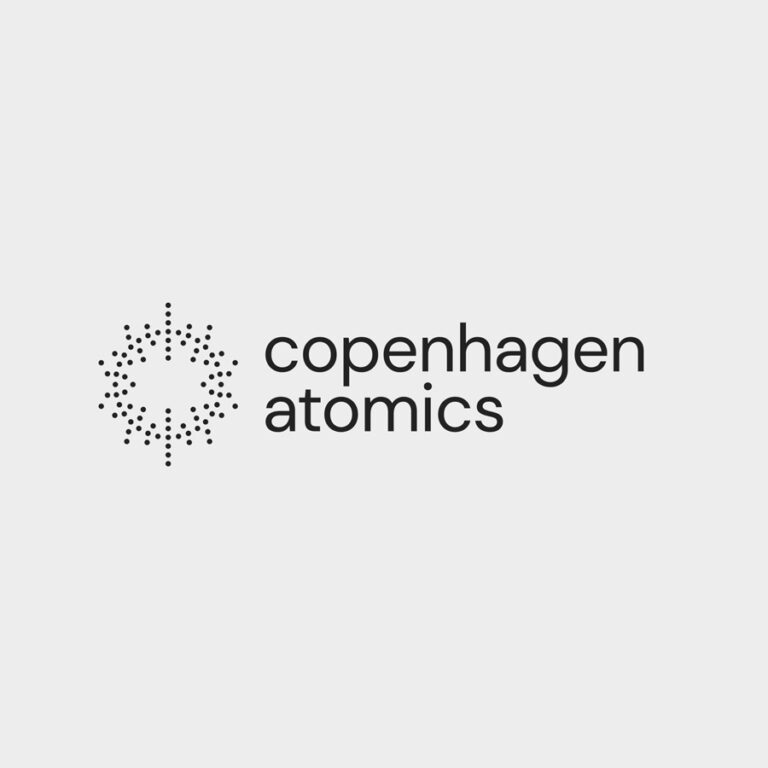The best way to produce hydrogen from electrolysis is to have a cheap, constant source of low-carbon electricity. While wind and solar power are cheap and have zero emissions, they are not usually constant—and that can affect the economics of hydrogen production.
The nuclear industry recognises this and is keen to promote the potential of its industry to power the hydrogen economy. So-called pink hydrogen could be produced using the steady, low-carbon power output of nuclear plants, proponents claim.
The problem is that in many western economies the nuclear fleet is aging and already tied up with baseload duties. New nuclear plants could in theory make pink hydrogen, but recent projects including Flamanville in France and Vogtle 3 in the US have been anything but cheap.
Now a Danish company called Copenhagen Atomics is aiming to create a new kind of reactor—potentially changing the face of nuclear energy and offering a viable route to pink hydrogen production.
“Copenhagen Atomics presents a new reactor design which allows faster construction and uses fewer materials,” says CEO Mads Steenberg, a financial sector expert with prior experience as executive director at Goldman Sachs in London and managing director of Deutsche Bank in the Nordics.
“This results in substantially lower energy prices than any previous reactor design,” he says. “Firstly, the reactor is much smaller and uses significantly less material and fuel.”
This is in part due to the company’s patented Onion Core, which is relatively small and uses heavy water and a molten salt blanket to greatly optimise neutron economy, making the reactor more efficient and reducing cost.
In addition, Steenberg says, a priority for Copenhagen Atomics has been to create a reactor that can be mass-manufactured on an assembly line. Therefore, he says, every component in the reactor will need to be designed in such a way that it can be easily and affordably manufactured.
“Copenhagen Atomics also introduces a new business model,” Steenberg says. “Copenhagen Atomics will finance, build, own and operate the nuclear reactors on the customer site.”
The novel design and business model are expected to result in energy prices that are only a quarter of those of classic nuclear reactors, Steenberg says.
“In addition to radically lower energy prices, this new type of reactor can also use waste from classic nuclear reactors and get 10 times more energy out of their spent nuclear fuel than what the initial reactor was able to extract.”
Another bonus of the thorium molten salt breeder reactor the company is designing is that the waste left behind only needs to be stored for 300 years, above ground, instead of requiring the 100,000 years of expensive deep geological storage you get with a conventional nuclear.
Finally, the design should fit inside a custom-built, 40-foot shipping container and could be mass-manufactured on an assembly line with an expected output of one reactor per day, Steenberg says.
“Molten salt reactors create a solution to the growing disparity between supply and demand of green energy in the world,” Steenberg claims.
“By creating a truly scalable energy source, with such a high return on energy invested and not constrained by the availability of critical materials, this technology could significantly alter the green energy space. One of our stated goals is to deliver green and affordable energy to a billion people.”
This radical enhancement in reactor design sprang from a meet-up discussion on energy, prosperity and the role of new nuclear power, he says. From this, Copenhagen Atomics was founded by three engineers from the Danish Technical University and one theoretical physicist from Aarhus University.
“The company is firmly rooted in the belief that energy equals prosperity,” says Steenberg. “This is because access to abundant and affordable energy is essential for improving any product, innovation and increasing the standard of living.”
This view led the founders to seek to develop a truly scalable green energy source not constrained by access to materials and weather conditions, Steenberg says. However, for now, the reactors are still in the developmental phase.
“As of now we do have some non-fission full-scale prototype systems and are negotiating with countries to be able to test criticality—i.e. fission,” Steenberg notes.
“However, as Copenhagen Atomics has focused on rapid innovation cycles through building, testing and rebuilding many components quickly, we have already created several products that we sell to companies, universities and national labs, where we see there is a mutually beneficial goal.”
These include the world’s most purified salts, significantly lowering the corrosion rates in molten salt systems. This is not only useful for the molten salt reactor industry but also for industries such as concentrated solar power (CSP), thermal storage and fusion.
In addition, Copenhagen Atomics has created a series manufacturing of molten salt test loops. These can be used in chemistry and component tests for molten salt applications.
If the concept makes it to commercialisation, Copenhagen Atomics’ target customers will be large plants producing harder-to-abate commodities such as aluminium, steel and ammonia or hydrogen.
“Many of these industries are price sensitive and require industrial heat which is more difficult to electrify economically with renewables,” notes Steenberg.
There is a natural synergy between new nuclear and hydrogen production, he adds. Copenhagen Atomics has a project in Indonesia, targeting ammonia production, where the heat from reactors will produce electricity using Aalborg CSP molten salt steam generators.
The electricity will be used in Alfa Laval’s desalination technology and to derive green hydrogen using Topsoe electrolysers. Chemical company Pupuk Kaltim will combine the hydrogen with nitrogen to produce green ammonia.
“As a reliable and constant emission-free energy source, nuclear is great for large-scale hydrogen production,” Steenberg says.
“If the hydrogen economy is to scale and compete with the fossil fuel economy, we need to find a way to produce large amounts of hydrogen affordably, and in that equation nuclear simply cannot be left out.” •



